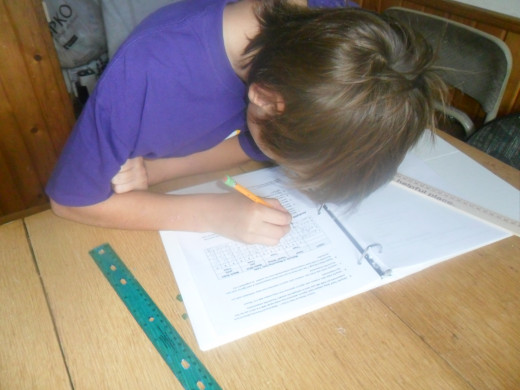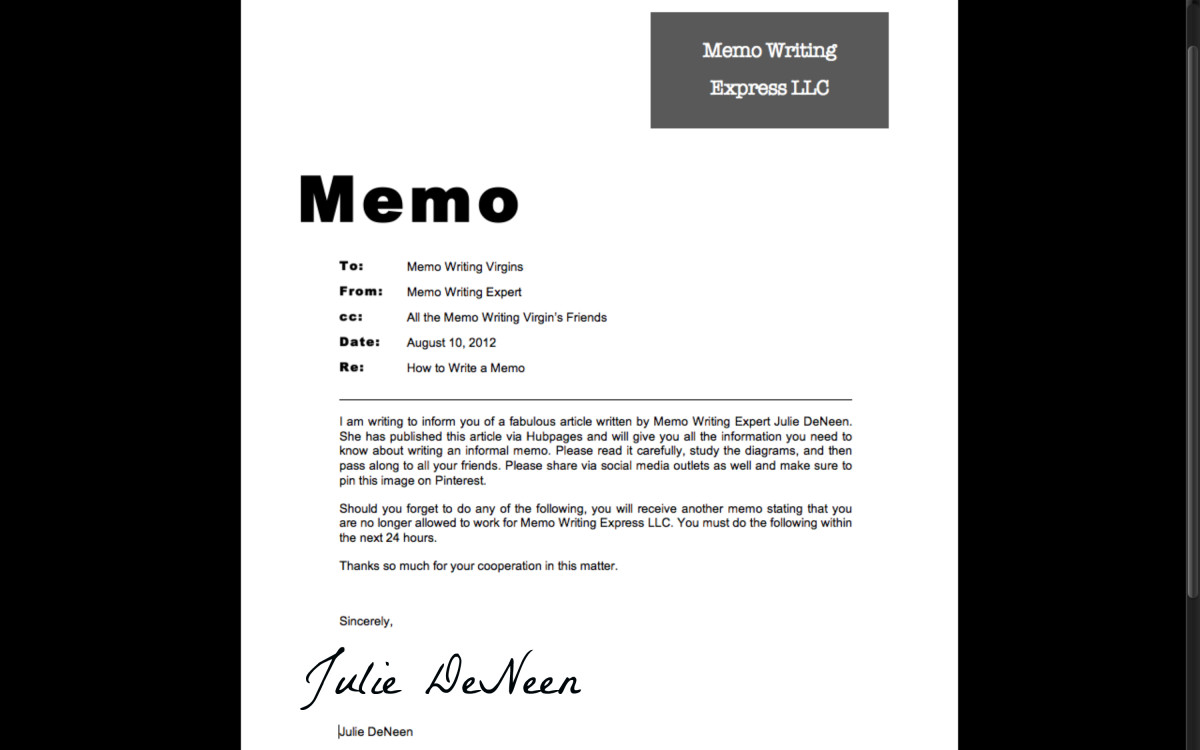How to add detail to a story

What makes a good story?
All other mechanics aside, the mark of a good story is the writer's ability to draw the audience in and keep them interested. In order to do this there needs to be enough detail for the reader to imagine or envision what the scene looks like that you (the writer) are writing about.
As a story teller you are setting the stage for the reader's imagination. The only way to accomplish this is by adding detail to the story. Plot, character development, and all of those other things are important, yes. However, you could have the best plot in the world and no one would be drawn into it if you aren't giving enough detail about it. Just like in life, details matter.
Phase 1:
You have an idea on how your story will unfold. You can picture it in your mind and are ready to share it with the world. So how do you go about getting it out of your head and onto paper in such a way that the reader will enjoy?
Start with a basic sentence: The man walked through the library to the back door.
Simple, direct; not very interesting. The reader knows that the man walked through the library to the back door. What the reader doesn't know is what the man looked like, what his motivations were, or what kind of library it was. Was it a school library, home library, or public library? Was it during the day or the night? Was the library open or closed? How big was it? Did he work there or was he a patron?
The sentence: "The man walked through the library to the back door." leaves the audience with too many gaps to fill in their imagination. There is simply not enough description to provide a solid picture of the scene.
Phase 2:
Build off of your initial sentence by answering some of those questions left unanswered:
It was a cold night. The old library at the edge of town hadn't been used in over twenty years. Learning that the answers he was seeking were hidden away in a storage closet there, the man went to find them. He was a young man, just starting out. The unexpected turn of events which he had found himself in had led him to this point. The man walked through the library to the back door.
Better. Some of the questions have been answered. The story is starting to take shape. Now we know he is young, he is searching for something, and that it is an old public library. What else can we do to make this even more interesting for the reader? How can we further set the stage of the imagination to draw them into the scene?
Phase 3:
Here's where it really gets fun! Describe the scene using words that will allow the reader to see what you see:
Leaves rustled through the crooked trees lining the abandoned dirt road leading up to the old town library at the edge of town. The town itself had all but become a ghost-town after the plant closed nearly twenty years ago. Pealing, faded, once white paint barely covered the wooden siding of the long forgotten building. The concrete stairs leading to the main entrance were now cracked and crumbling. Weeds which had pushed their way through lay limp and dying.
The heavy maple door opened with a loud creek of it's rusted hinges as he slowly made his way inside. Frank, a young college drop out, had decided to make this all but forgotten town his home. Never being one for heeding warnings, Frank had purchased a home at an incredibly low price, hoping to get away from the hustle and bustle of city living. He had wanted a more simple lifestyle than his parents had planned for him. This quiet town had seemed like a dream come true. A dream which had quickly turned into a nightmare for him.
Once the odd events which occurred in his recently purchased "fixer upper" had become too frequent and obvious to ignore, Frank knew he needed to find answers. A kind old woman who worked at the general store had informed him that the town's records were kept in a closet in the back of the old library. If Frank was ever going to get the real story behind what had happened in his home before he purchased it, this was the only way it was going to happen. None of the town's people, not even the kind old woman, would talk about that house or what had happened there.
A shiver shot down his back as he walked through the entrance to the old building as a gust of cold air shot past him, kicking up decades of dust in it's wake. Thick with a musky aroma from years of neglect, the library seemed to groan with disapproval at his being there. Cracked and broken windows lined the outer walls intermittently with towering shelves of dusty hard covered books. Cobwebs swayed in every corner as if waving him to go back, turn around.
Each step he took echoed off the shelves and ceiling, leaving footprints in the blanket of dust and debris on the hardwood floor. As he slowly made his way to the back of the library with the aid of his flashlight, Frank could feel his heart pounding in his chest. The shrill cry of a barn owl outside the window made him jump. He tried to shake it off. His nerves were getting the best of him. Frank regained his focus, heading for the door on the far side of the vast room. There was no turning back now, not if he was ever going to get the answers that hid behind that door.
Practice Practice Practice
The more you experiment and practice adding details to your story, the easier it will become. Remember to give bits of information about what has led up to the scene, what the character is experiencing, thinking, or feeling during the scene, as well as what the character is seeing or hearing.
Good story telling is an art and imagination is your canvas! Enjoy telling it as much as you hope the reader will enjoy experiencing it.








